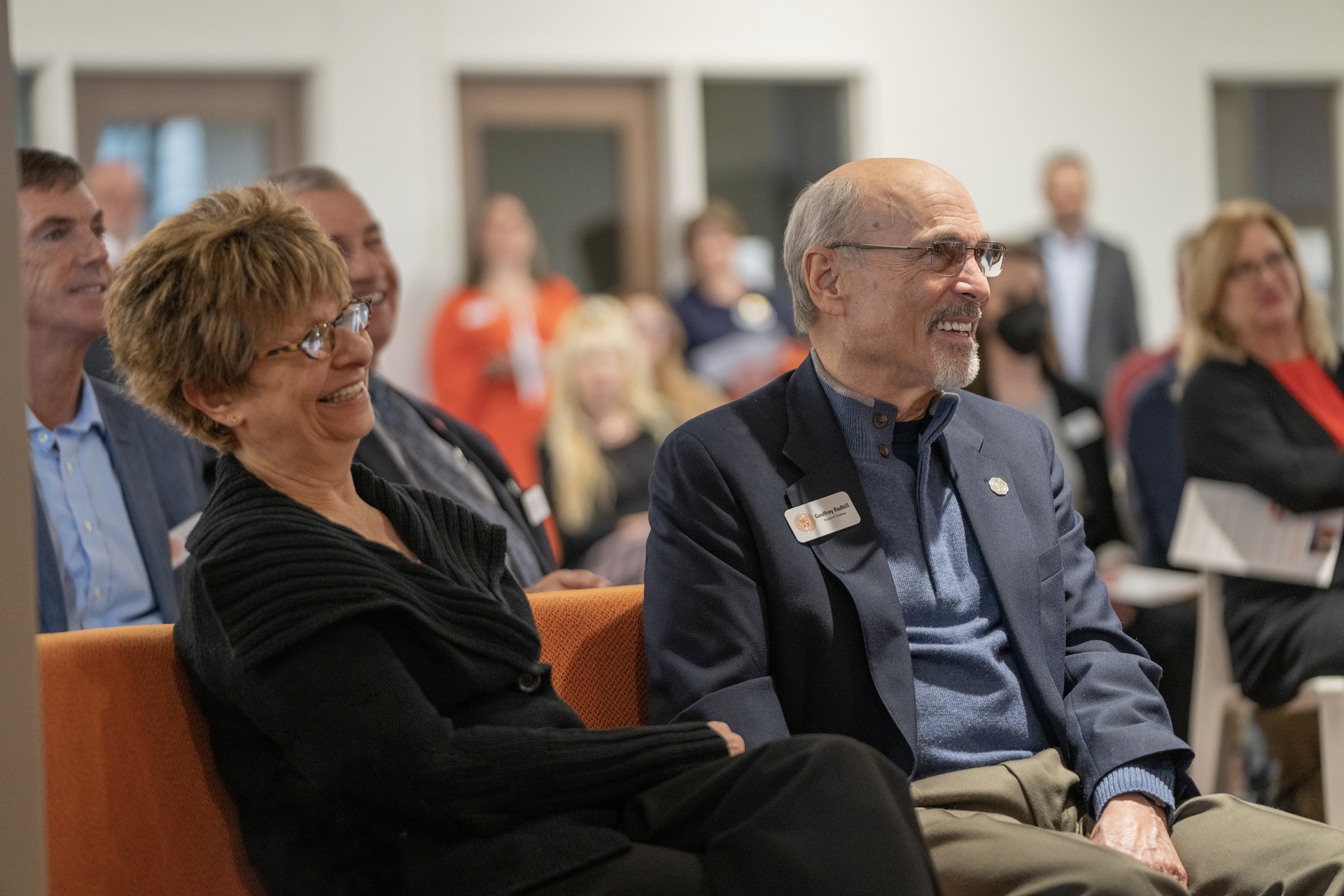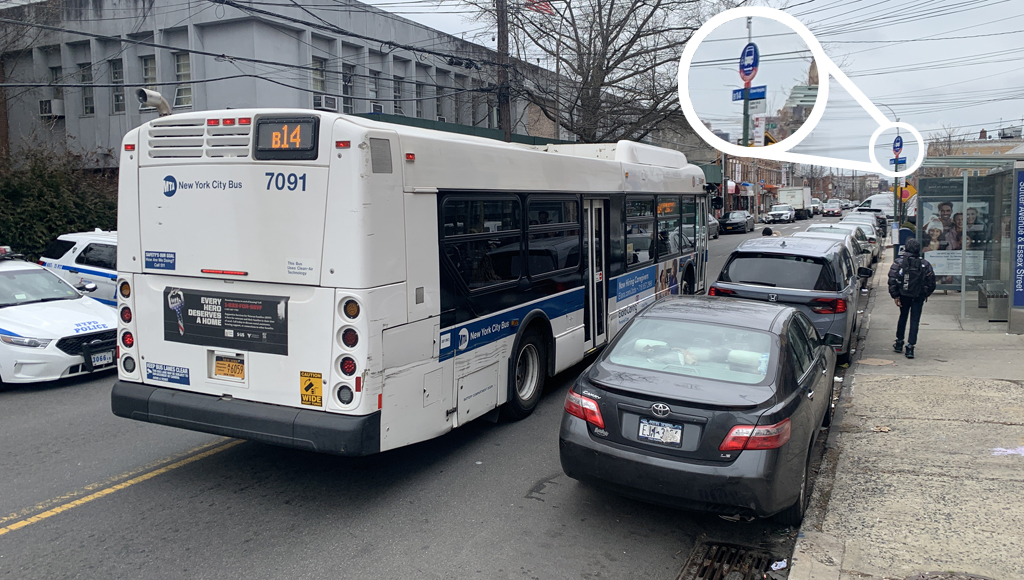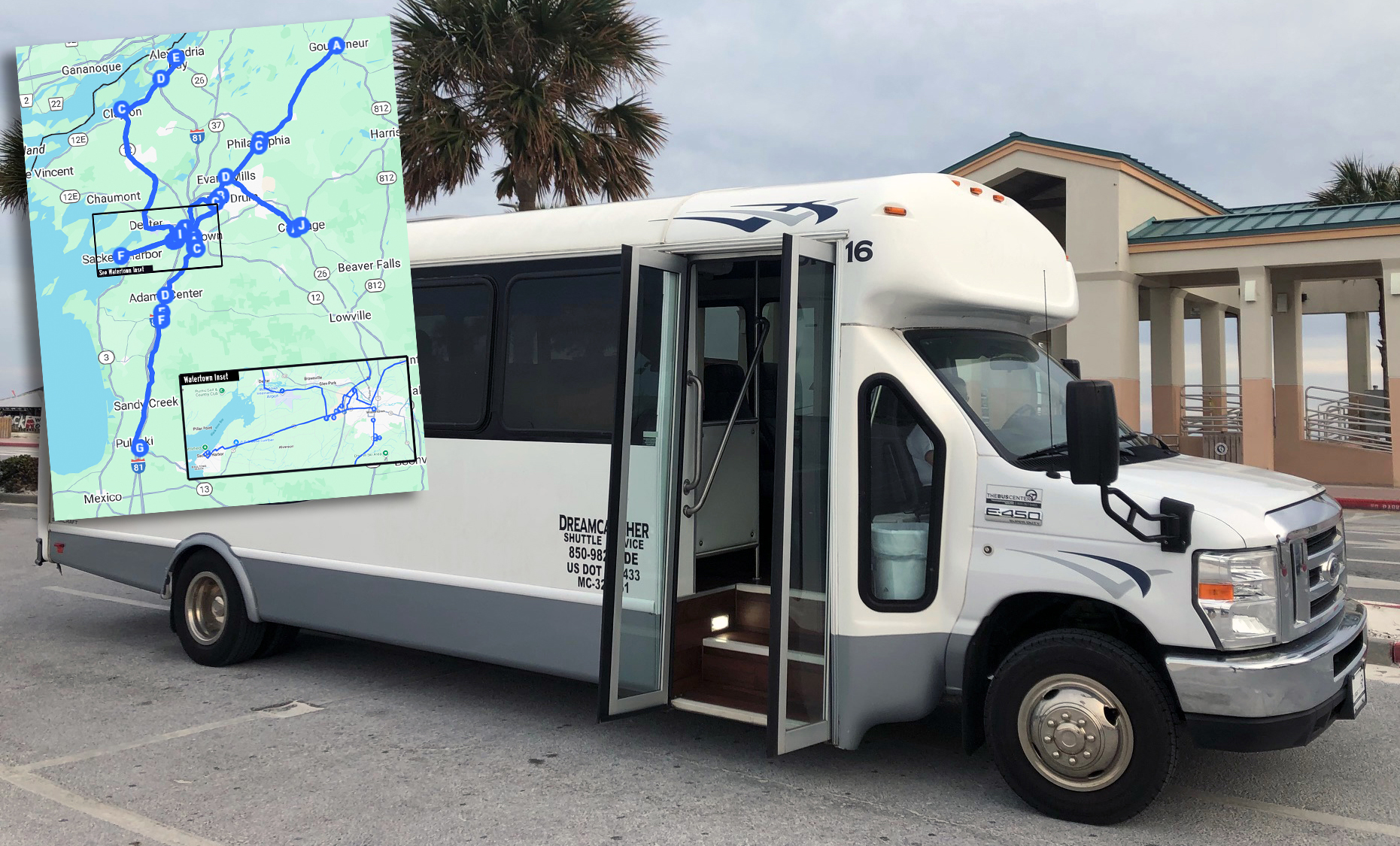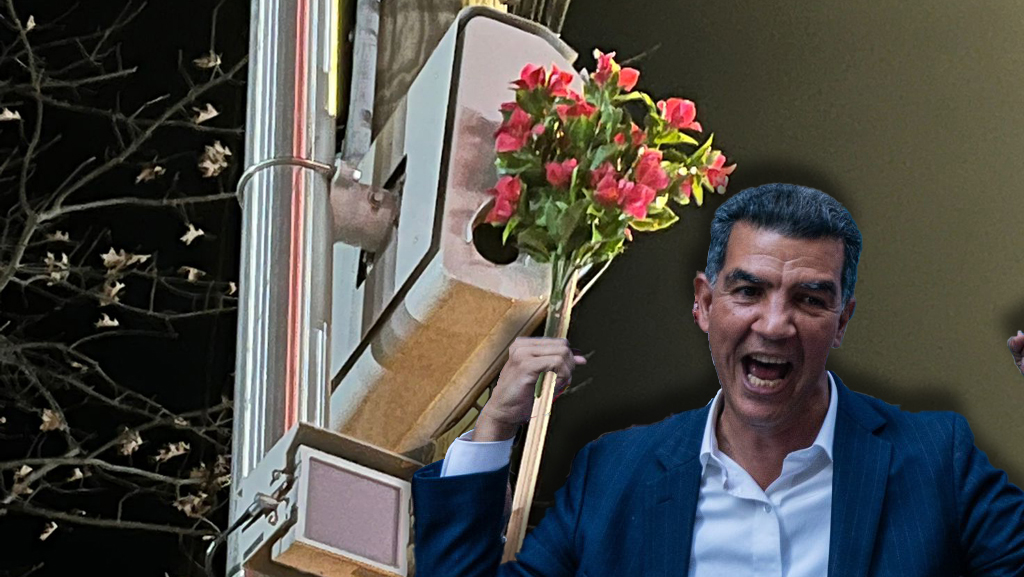Don't count out Move New York just yet.

When Governor Cuomo and Mayor de Blasio hashed out their deal to fill the gap in the MTA capital program, it seemed like a window of opportunity was closing on the plan to cut congestion and fund transit by reforming the city's dysfunctional toll system. The governor would borrow $8.3 billion and pay it back with general fund revenues to cover the state's end, and that would be that (at least for the next five years).
As it happens, the window might still be open.
Cuomo has repeatedly rejected Move NY as a political non-starter, but the number of elected officials signing on to the plan -- which would put a price on driving in the most gridlocked parts of town while lowering tolls on outlying crossings -- keeps growing. The latest endorser is City Council Majority Leader Jimmy Van Bramer, who reps western Queens and came out for the plan yesterday.
Van Bramer's district includes the approaches to the Queensboro Bridge. With no price on that crossing, local streets jam up with drivers hunting for a bargain. For western Queens and similar districts, like northwest Brooklyn or Lower Manhattan, a big part of the appeal of Move New York is its promise of relief from the road-clogging, horn-honking mess. For electeds like James Vacca, whose district includes the Throggs Neck and Whitestone bridges, it's the discounts on less-traveled crossings that sweeten the deal.
So what would be the appeal for Cuomo, who's given no indication that he cares about fixing New York City's pestilential traffic? In a thrilling twist, it might come down to the imperatives of budget math.
Move New York could become a compelling option for a governor who's made several overlapping promises and has to negotiate the statewide politics of transportation funding.
Cuomo has agreed that the state's $8.3 billion commitment to the MTA capital program will come from "state sources," not bonds backed by transit riders. The next place the governor might look to back up a new round of MTA borrowing would be the state general fund. But as Bill Hammond laid out nicely in a recent Politico piece, the state is already straining against its statutory debt limit, and Cuomo has committed to keep the growth in state spending under 2 percent annually.
There's no easy way to reconcile that situation with $8.3 billion in new state borrowing. The math gets even tougher for Cuomo when you consider the immense political pressure from upstate New York to get funding for roads and bridges equivalent to what the state promised the MTA.
Move New York toll reform would go a long way toward making everything pencil out, relieving pressure on the state budget without piling more debt on the backs of straphangers.
January budget season is when Cuomo will have to get more specific about how the state will meet its commitment to the MTA. The window is still open for Move New York, which makes too much sense for too many reasons to go away.





